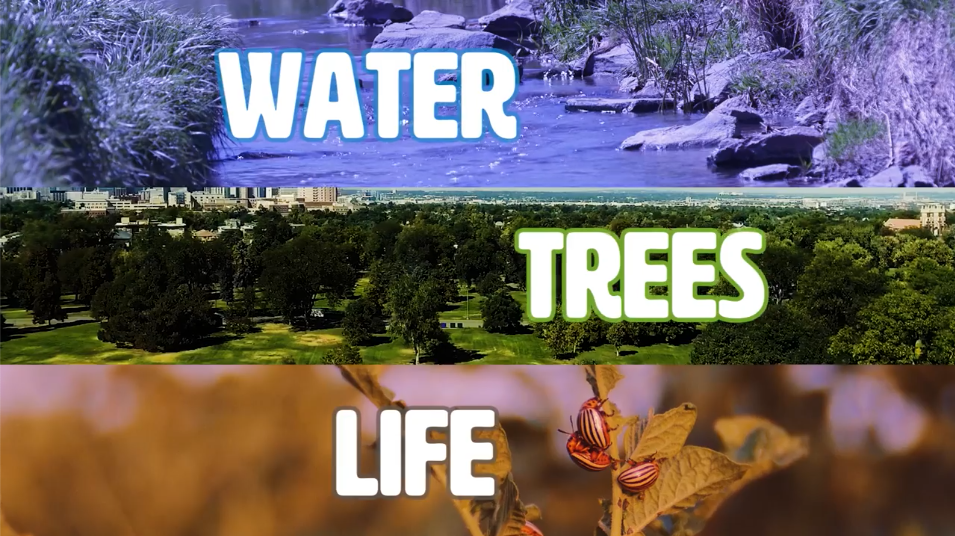How to Be a Smart Ash | An Inside Look into Denver’s Tree Planting Program
Lexi Brewer, Urban Forestry Operations Assistant, City and County of Denver
As an Operations Assistant of Denver’s Office of the City Forester and a member of the Be a Smart Ash (BASA) team, I have loved being a part of a program that gives away free trees to Denver residents. But a lot of behind-the-scenes work happens to make our streets and neighborhoods green and shaded. In this blog post, I’ll describe our program and how you can help us grow Denver’s urban forest.
Why Plant Trees?
Tree planting is just one part of our BASA program. BASA started in 2016 as a holistic way to stop the spread of Emerald Ash Borer (EAB) by making our urban forest as resilient as possible. The EAB is a non-native insect that targets Ash trees (Fraxinus genus). The larvae of EAB burrow under the bark of the tree, which eventually prevents the tree from being able to transport the necessary nutrients between its leaves and roots for survival, ultimately killing the tree. In Denver, this pest will have devastating consequences, as approximately one in six of all of our trees are ash trees. To reduce and slow the impacts of EAB, our BASA program 1) treats existing ash trees with pesticide, hoping to increase their resistance to EAB, and 2) plants new, diverse trees that will help to fill the holes in the canopy after the death of any ash trees. Planting for diversity will also increase the resistance of our canopy to any potential future pests. Here’s how our planting program works:
Step 1: Spread the word!
Our BASA program is an “opt-in” program, which means that homeowners have to hear about the program and apply either online or with a mail-in postcard. We rely on neighbors and community partners to spread the word about our program and increase the number of people who apply – which will increase the total number of trees that we’re able to plant!
Step 2: Choose where to plant
First, we have to understand which areas of the city could benefit the most from our free tree service. To do this we work with community partners and researchers to create and analyze the data that we need. We prioritize our target planting areas based on lowest canopy cover and lowest annual household income per neighborhood, trying to service first those who could benefit the most from free trees.
In this video, one of our partners, Sylvia Leon Guerrero, discusses the benefits of trees, and how her research used GIS mapping to locate the areas of the city where trees could increase walkability and have other tremendous community benefits.


To determine exactly where we should plant the tree(s) on each property, a member of our staff goes out to the property of the homeowner who made the request. We try to plant as many trees as possible onto a site, being sure to comply with the siting requirements of the city (see below). We also look around and make a species recommendation based on the surrounding trees, trying to increase the species diversity on each street as much as possible. We’ll also note the site conditions in order to recommend a tree that will have the highest chance of survival in the area. We always email the homeowner these recommendations and work with them to provide a species that they like.

Step 3: Plant the tree & ongoing care
After the tree placement and species have been approved by the homeowner, we then use contractors to drop off and plant the trees. From there, our work is done; however, the on-going care of the tree is critical to its survival. We depend on the homeowners to water and care for their tree. Proper watering includes watering with a hose two to three times per week in the summer, at least ten gallons each time (15 to 20 minutes) and two times per week throughout the winter when the soil is dry. We’re happy to answer any care questions that anyone has at tree@denvergov.org. With proper care, each tree brings us one step closer to a more beautiful, resilient, urban forest!
Find out if you qualify for a free tree and learn more through exploring our website.





